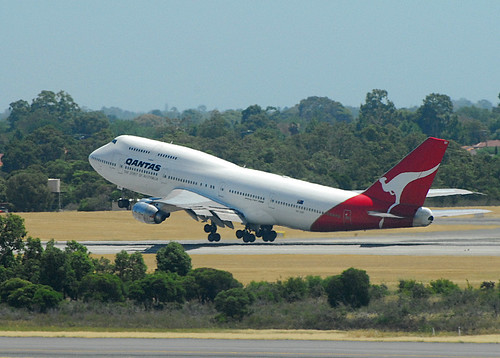You being some 35kg heavier than myself would 'generally" be slower,
You would have more weight behind your punch, but the force, because of the speed would be less.
Chris punching power would also be better as he has greater technique that would involve more of his lower body in his punches.
Now on to athletes who generate more force. You know those people who are quite good at jumping and sprinting, a lot of them are not stronger than the average person so their force output is similar (there are exceptions). One major reason why some people jump higher and run faster is they have a better stretch shortening ability (reactive ability) which means they are more efficient at utilising the eccentrically loaded movements, or counter movement if we use a jump as an example.
So someone who can jump 35 inches naturally without any training usually has a very high efficiency in their tendons due to limb lengths, tendon angles, tendon length, tendon construction etc. Now you can get that same person in the gym and he may only lift the same amount as someone who can jump 20 inches. So his ability to generate muscular power is the same but he can instead accentuate this with his extreme reactive strength.
You usually find that the freaks have this high reactive strength and are naturally a stronger ****er. So they come into the gym and squat a hell of a lot without any training, someone like Israel Folau would be a good example he is strong, powerful and has good reactive strength. The good news is you can train all of these and become a good athlete like that naturally athletic bastard already is (no I am not jealous at all), you may find you have a good reactive strength and that you need more maximal force production training or that you are strong yet with a poor reactive strength and you may train your reactive strength with depth jumps and the like.
A powerlifter is much stronger than a weightlifter but a weightlifter is much more powerful than a powerlifter, all thanks to their unique way of training.
Fadi's quote brings up the missing element that I have not brought up. A powerlifter trains for maximal strength whilst a Oly lifter trains for power, they use lifts that are technical and need a really fast motion after the bar has left the floor or it will never make it through where we are generally weaker (look at the snatch from the shrug to overhead we are generally very weak in that movement, Fadi may want to explain it for me as he could do a much better explanation than I ever could). The fact that an Oly lifters goal is to have the highest bar speed possible to help them through the hardest and their weakest point means that they are training very differently to a powerlifter. This training therefore increases the ability for the muscles to turn on faster, neurologically, and therefore express their maximal force faster. This expression of strength will therefore mean more work done in a shorter period of time and therefore greater power. Some powerlifters try to incorporate this idea into their lifting to blast through sticking points.
The Oly lifter has no ability to use their reactive strength at the start so they are relying on maximal force and speed solely unlike most track and field athletes. They are the ones who can generate the most force in the shortest time due to this training style. And in regards to athletes they need all of these methods so that they gain more maximal strength, faster activation of muscles and better efficiency at storing and utilising eccentric loading to increase their force outputs while running and jumping.



